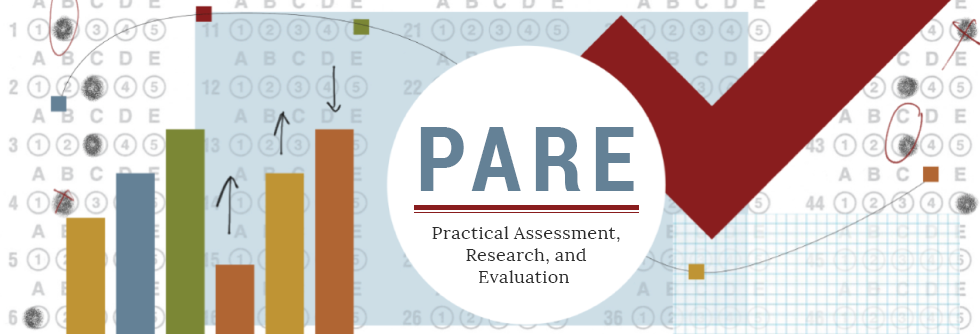Evaluating Teachers and Schools Using Student Growth Models
DOI
https://doi.org/10.7275/tqrb-se16
Abstract
Interest in Student Growth Modeling (SGM) and Value Added Modeling (VAM) arises from educators concerned with measuring the effectiveness of teaching and other school activities through changes in student performance as a companion and perhaps even an alternative to status. Several formal statistical models have been proposed for year-to-year growth and these fall into at least three clusters: simple change (e.g., differences on a vertical scale), residualized change (e.g., simple linear or quantile regression techniques), and value tables (varying salience of different achievement level outcomes across two years). Several of these methods have been implemented by states and districts. This paper reviews relevant literature and reports results of a data-based comparison of six basic SGM models that may permit aggregating across teachers or schools to provide evaluative information. Our investigation raises some issues that may compromise current efforts to implement VAM in teacher and school evaluations and makes suggestions for both practice and research based on the results. Accessed 9,761 times on https://pareonline.net from December 17, 2012 to December 31, 2019. For downloads from January 1, 2020 forward, please click on the PlumX Metrics link to the right.
Creative Commons License

This work is licensed under a Creative Commons Attribution-NonCommercial-No Derivative Works 4.0 International License.
Recommended Citation
Schafer, William D.; Lissitz, Robert W.; Zhu, Xiaoshu; Zhang, Yuan; Hou, Xiaodong; and Li, Ying
(2019)
"Evaluating Teachers and Schools Using Student Growth Models,"
Practical Assessment, Research, and Evaluation: Vol. 17, Article 17.
DOI: https://doi.org/10.7275/tqrb-se16
Available at:
https://scholarworks.umass.edu/pare/vol17/iss1/17
